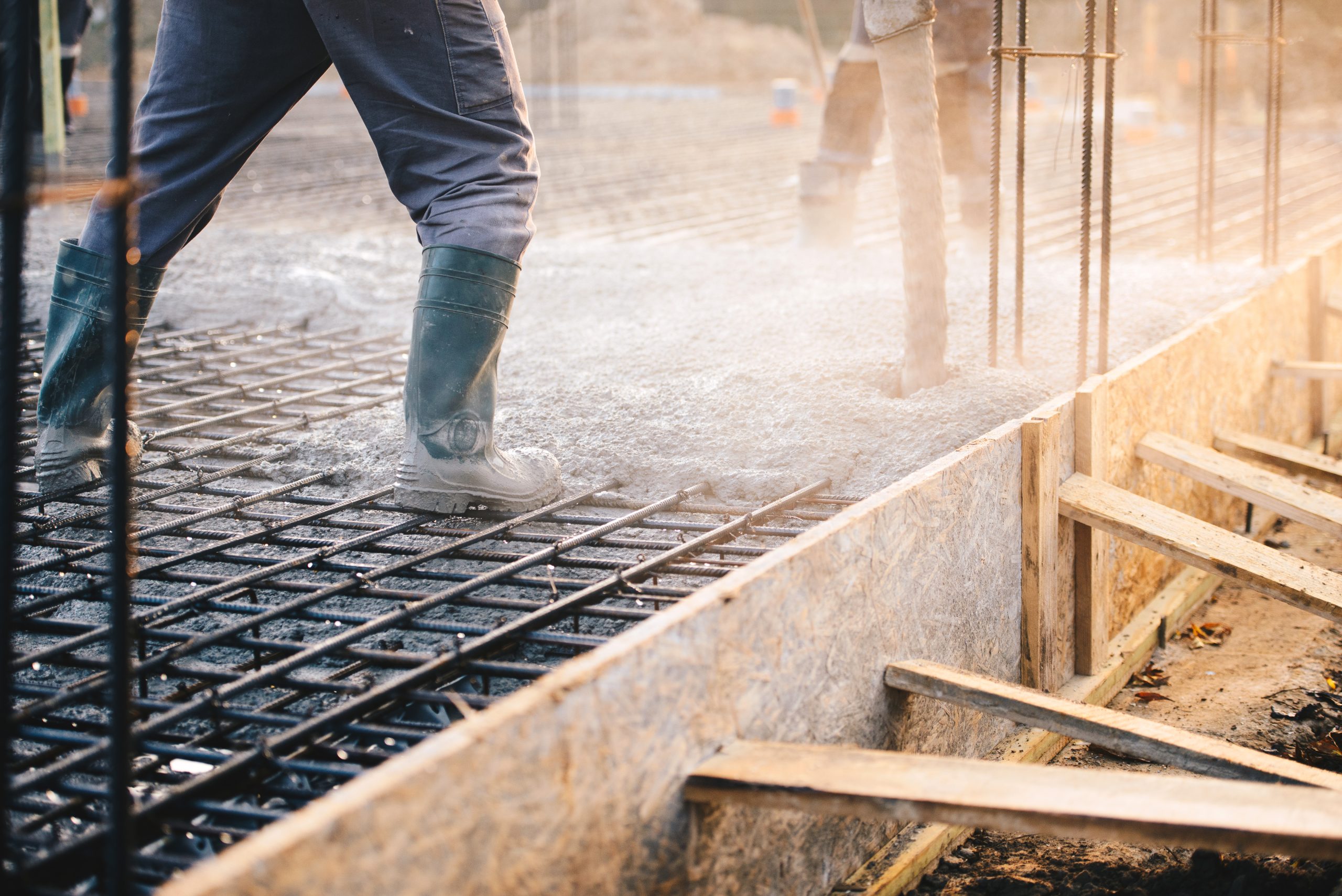Retarder for concrete
product 217
- Solid content99%
- Place of OriginChina
- StandardsEU, USA, CN
- Price$1200/T
Detailed product parameters
Performance Characteristics of Concrete Retarders
Concrete retarders are admixtures that extend the setting time of concrete. Their performance characteristics are primarily reflected in the following aspects:
1. Delayed Setting Time
- Mechanism: Inhibits the hydration reaction of cement particles (e.g., by adsorbing onto cement surfaces or binding with calcium ions), delaying the formation of hydration products, thereby prolonging the initial and final setting times.
- Applications: Suitable for high-temperature environments, long-distance concrete transportation, or large-volume projects requiring continuous pouring to avoid cold joints caused by premature setting.
2. Maintained Workability
- Extended Fluidity: Reduces slump loss, keeping concrete plastic for extended periods, facilitating pumping, vibration, and complex structural construction.
- Temperature Adaptability: Particularly effective in high-temperature environments (e.g., summer construction), preventing rapid hardening due to elevated temperatures.
3. Mitigated Heat of Hydration
- Reduced Temperature Rise: Slows the hydration rate, dispersing early-stage heat release and minimizing temperature differentials in mass concrete to prevent thermal cracking.
- Typical Uses: Dams, bridge piers, thick slab foundations, and other mass concrete structures.
4. Enhanced Long-Term Strength
- Optimized Hydration: While early strength development is delayed, more complete hydration in later stages improves density, often maintaining or even increasing 28-day and long-term strength.
- Caution: Overdosing may cause significant strength reduction or indefinite setting.
5. Reduced Shrinkage and Cracking
- Shrinkage Control: Certain retarders (e.g., sugars, lignosulfonates) refine pore structures, reducing plastic and drying shrinkage while improving crack resistance.
- Durability: Minimizes microcrack risks, enhancing impermeability and long-term durability.
6. Compatibility with Other Admixtures
- Synergy: Can be combined with water reducers, air-entraining agents, etc., but compatibility must be verified (e.g., sugars may weaken polycarboxylate superplasticizer effects).
- Adaptation: Sensitivity to retarders varies with cement types (e.g., Portland vs. slag cement), requiring dosage optimization through testing.
7. Types and Environmental Considerations
- Common Types:
- Organic: Molasses, lignosulfonates, hydroxycarboxylic acids (e.g., sodium gluconate)—mild retardation with water-reducing effects.
- Inorganic: Phosphates, zinc salts, borates—strong retardation but dosage-sensitive.
- Eco-Friendliness: Most retarders are non-toxic, but avoid products containing chloride, heavy metals, or harmful components.
8. Cost-Effectiveness and Construction Efficiency
- Affordability: Low dosage (typically 0.1%–1.0% of binder weight) ensures cost efficiency.
- Ease of Use: Direct addition to mixers simplifies operations, improving efficiency in high-temperature or complex conditions.
Key Considerations
- Precise Dosage: Overuse risks prolonged setting or strength loss.
- Environmental Factors: Adjust dosage for temperature and humidity; reduce or avoid in low-temperature settings.
- Cement Compatibility: Test cement-retarder compatibility for optimal performance.
RELATED PRODUCTS
Switch more- VIEW
Polycarboxylic acid water reducer for concrete
Low-carbon development environmental protection measures technological innovation initiatives
- VIEW
concrete air entraining agent AE369
Air entrainment agent for concrete
- VIEW
Concrete viscosity modification agent VMA420
Concrete viscosity modifiers improve the workability of concrete
- VIEW
Concrete pulping agent SE5800
The concrete slurry lifting agent improves the fullness of the slurry
loading…
No more to see
 Fan Qi Technology Co., LTD
Fan Qi Technology Co., LTD

